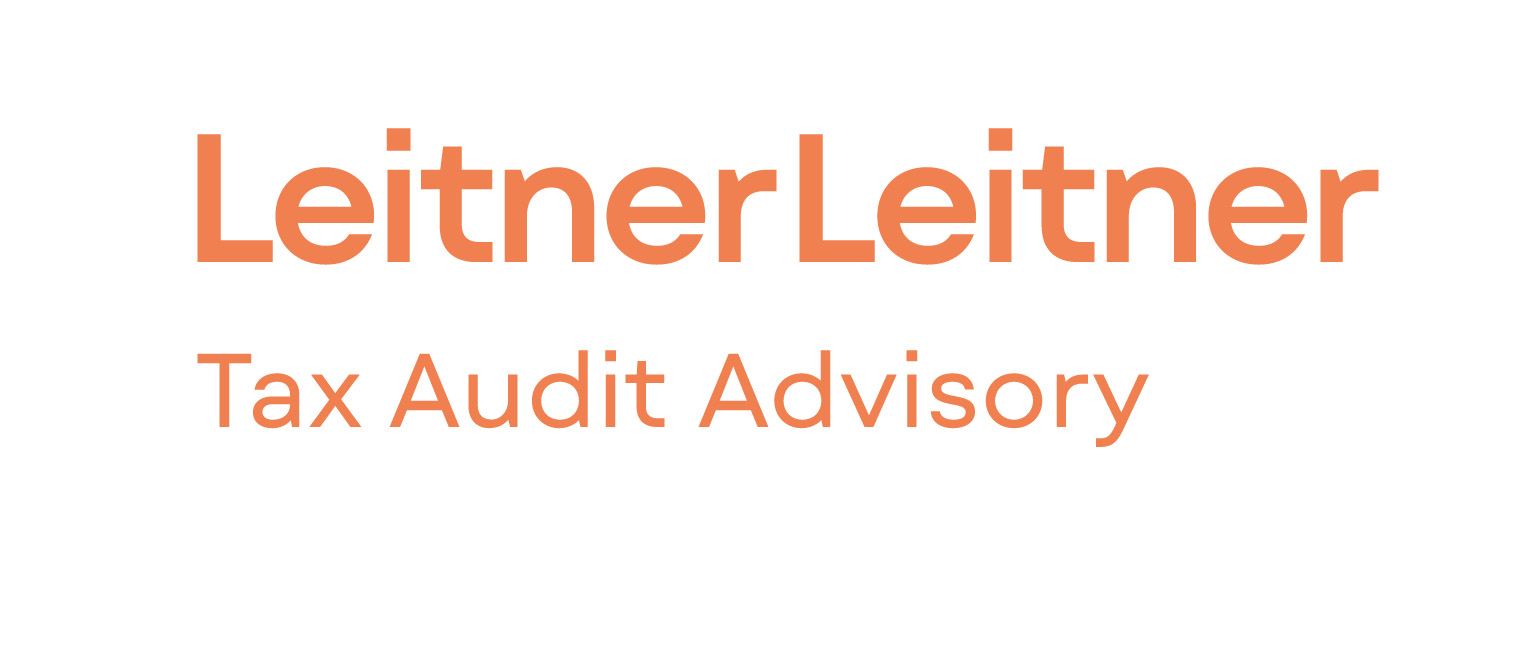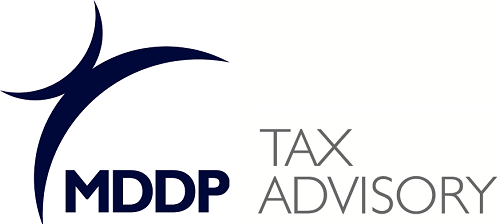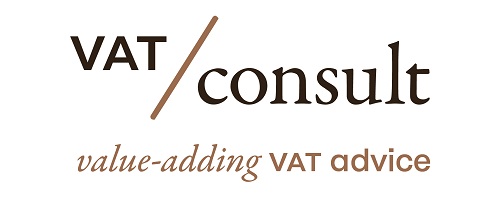VAT-related points from the European Parliament resolution of 9 October 2025 on simple tax rules and fragmentation in EU competitiveness:
Context Overview
- The resolution emphasizes that simplified, predictable, and harmonized tax rules are essential for boosting EU competitiveness, reducing compliance costs, and supporting SMEs.
- It highlights the negative impact of fragmented and complex tax systems, which create barriers to cross-border investment, increase administrative burdens, and hinder economic growth.
- The Parliament calls for coordinated EU action to streamline tax procedures, reduce duplication, and improve digital infrastructure for tax administration.
VAT-Related Highlights
- VAT compliance gap remains significant: In 2022, the EU lost €89.3 billion in expected VAT revenue, with around 25% attributed to criminal VAT fraud.
- VAT burden and revenue: In 2023, VAT contributed 7.1% of EU GDP and 18.3% of total government revenue.
- Digitalisation and e-invoicing: The resolution stresses the role of electronic invoicing in improving transparency, reducing administrative burdens, and enabling efficient use of reported VAT data.
- Call for simplification: The Parliament urges the Commission to streamline VAT refund procedures, harmonize Tax Identification Numbers, and reduce reporting requirements — especially for SMEs.
- EU Tax Data Hub proposal: A centralized system is proposed to enhance automatic exchange of VAT and other tax information, building on existing tools like VIES and EMCS.
Source European Parliament
Latest Posts in "European Union"
- General Court T-643/24 (Credidam) – AG Opinion – Unauthorized use of copyrighted works incurs VAT on fees
- General Court T-646/24 (MS KLJUCAROVCI) – Judgment – Triangular transactions can qualify for VAT simplifications despite delivery variations
- Comments on GC T-657/24: VAT exemption for credit intermediation applies when the intermediary searches for and recruits customers
- Briefing documents & Podcasts: VAT concepts explained through ECJ/CJEU cases on Spotify
- ECJ on the relevant sale for determining the transaction value of goods














